|
Fania Records is a New York based record label established by Dominican-conceived author and bandleader Johnny Pacheco and his Brooklyn conceived Italian-American ex-New York City Police Officer turned attorney Jerry Masucci in 1964. The name took its name from a well known luncheonette regularly visited by artists in Havana, Cuba that Masucci regularly visited when he worked for an advertising firm there during the pre-Castro time. Fania is known for its advancement of Salsa music. How Fania Started?Disappointed by the pitiful measure of cash he was getting for his accounts, Johnny Pacheco began Fania Records in 1964 and offered records to music stores out of the storage compartment of his vehicle. To assist with financing the business, he merged with his Brooklyn-conceived Italian legal advisor and advertiser Jerry Masucci, and in 1964 established the Fania name to deliver, advance and market the music of Latinos in New York. The label began as a little endeavor however acquired fame after the progress of Pacheco's first record/collection, johnny Pacheco's "Cañonazo", prompting the development of its ability base Pacheco envisioned. Among Fania's unmistakable stars are: Pete "El Conde" Rodríguez, Hector Casanova, Rey Reyes, Willie Colón, Celia Cruz, Eric Gale, Larry Harlow, Ray Barretto, Ralfi Pagan, Luis "Perico" Ortiz, Bobby Valentín, Rubén Blades, Héctor Lavoe, Cheo Feliciano, Adalberto Santiago, Ismael Miranda and numerous others. In 1968, Pacheco made a supergroup known as the Fania All-Stars that united the world class of his Salsa artists and vocalists for joint exhibitions and recording. They made their presentation at the Red Garter club situated in New York's Greenwich Village, however it was their 1971 exhibition at the Cheetah, a club in Midtown Manhattan, which became unbelievable. Pacheco as music chief and directed the band in front of an audience. The Fania All-Stars were recorded for the narrative Our Latin Thing delivered a year after the fact. In 1973, Fania All-Stars performed at Yankee Stadium to an arena with 45,000 participants. Pacheco guided the band to an invigorated group who gave a shout out to each Fania All-Star part. Starting at 2007, all that is left is "Larry Harlow and the Latin Legends of Fania". In 2003, the 1975 Fania discharge Live at Yankee Stadium was remembered for the second arrangement of 50 accounts saved in the United States National Recording Registry. Masucci, who'd purchased out Pacheco's portion of the organization around 1967, turned into the sole proprietor of Fania Records and the various different marks and umbrella names in South America that he procured and made. Masucci kicked the bucket in 1997, and for the following eight years, Fania and each of its resources were restricted in probate court while different gatherings fought over its possession. In September 2005, Fania's resources were offered to V2 Records and Miami-based mark Emusica, and by mid 2006, the new proprietors started to reissue material from Fania's overabundance list (some of which has never showed up on CD) with upgraded sound and liner notes. With an end goal to make extra satisfied, Código Records, an auxiliary of the Emusica mark, permitted DJs and makers to remix unique material. As of July 27, 2018, Fania is claimed by Concord, which procured the name from Codigo Entertainment. Fania's index included 19,000 expert accounts and 8,000 creations.
1 Comment
For any given Salsa singer to reach the title of sonero is as good as it gets. All the best Salsa artists in history belong to this category. So, What is a sonero anyway? In very simple terms, there are three elements a Salsa singer must have to be considered a real sonero: A unique voice, good improvisation skills and the ability to accommodate voice and improvisation over any kind of melody. On top of all that, a sonero must have a charismatic and appealing figure on stage. Having said this, the following list offers a selected group of some of the best Salsa artists known as soneros. 10. Adalberto SantiagoThis Puerto Rican singer owes much of his personal success to the time he spent with the legendary Ray Barreto. However, Adalberto Santiago has also worked with some of the biggest names in the industry including Roberto Roena and Louie Ramirez. His legacy as a real sonero was achieved during the time he spent with the Fania All Stars. Some of his most famous tracks include "Quitate La Mascara," "La Hipocresia Y La Falsedad," and "La Noche Mas Linda." 9. Tito Rodriguez Tito Rodriguez had a wonderful voice for Bolero. In fact, because of his enduring interpretation of the Bolero song "Inolvidable," he is usually remembered as "El Involvidable" (The Unforgettable). Besides his voice, Tito Rodriguez was also a talented songwriter as well as a complete musician able to play different instruments. His influence on Mambo was significant. 8. Benny More Benny More is one of the most important names in Cuban music. A true pioneer of the sonerosgroup, Benny More was able to play it all. From Cuban Son and Mambo to Bolero and Guaracha, Benny More felt comfortable adding his voice to all the rhythms from its native land. He was also a member of the legendary Trio Matamoros. 7. Pete "El Conde" Rodriguez"El Conde," as he was known, had a wonderful, powerful voice that fit the heaviest Descarga in the same way it fit the sweetest Bolero. He gained worldwide exposure with Johnny Pacheco and the Fania All Stars. Some of hist best singles include "Catalina La O," "La Escencia del Guaguanco," "Micaela" and "Sonero." His version of the Bolero song "Convergencia" is one of the best in its genre. 6. Ruben Blades Besides having all the features that define a sonero, Ruben Blades has produced some of the most meaningful lyrics in Salsa music. His glory has not only touched music but also acting and even politics. Some of his most popular hits include "Plastico," "Decisiones" and "Te Estan Buscando." His single "Pedro Navaja" is considered one of the greatest Salsa songs of all time. This Panamanian artist built a big chunk of his initial success alongside Willie Colon. 5. Cheo Feliciano Cheo Feliciano is the owner of one of the sweetest and most romantic voices Salsa music has ever known. This Puerto Rican singer started his career back in the 1960s with the legendary Joe Cuba Sextet. Right from the very beginning, Cheo proved to be a gifted artist who later on consolidated his own name with the famous Fania All Stars. Some of his hit songs include "Anacaona," "El Raton" and "Amada Mia." 4. Oscar D'Leon Oscar d'Leon is Venezuela's greatest Salsa artist in history. "The Lion of Salsa," as he is often referred to, is an essential star of the groups of soneros that have shaped Salsa music. Besides having an amazing voice and a large music repertoire, Oscar D'Leon is also one of the best performers on stage especially when playing his bass. His name is a must have in any list dealing with best Salsa artists in history. 3. Celia Cruz Not all the big soneros have been male artists. In the history of Salsa, there is a big exception to that rule. The name of that exception is not other than Celia Cruz, the Queen of Salsa. The legendary Cuban singer has been, in fact, one of the best soneros (soneras?) in Salsa music. Her powerful voice, charismatic style on stage and ability to improvise lyrics in the middle of a Salsa melody gave Celia Cruz the highest status that any Salsa artist can achieved. Some of the top songs by Celia Cruz include "Tu Voz," "Burundanga" and "Sopita En Botella." 2. Hector Lavoe Regarded by many as the best Salsa artist in history, Hector Lavoe revolutionized this music genre with his unique, nasal voice and the amazing ability to come up with lyrics able to fit any note. Known as "La Voz" (The Voice) or "El Cantante" (The Singer), Hector Lavoe is definitely one of the best soneros of all time. 1. Ismael Rivera Ismael Rivera was known as "El Sonero Mayor." That title defined this Puerto Rican singer as one of the best soneros in Salsa history. His unique voice and style shaped a whole generation of Salsa artists. Some of his best songs include "Mi Negrita Me Espera," "Las Caras Lindas," and "Sale El Sol."
Born on April 23rd 1937 in Barrio Pozas in Ciales, Puerto Rico. His lead vocals are among the best in salsa, and for over two decades he has sessioned as a coro (chorus) singer on countless New York recordings. His early influences included the great Cuban vocalists Beny Moré (below: left pic) and Miguelito Cuní (below: right pic). This multifaceted, extraordinarily talented artist always dreamed of becoming an actor. He was ruggedly handsome with an excellent physique. But fate had something else in store for Adalberto Santiago. From a very early age, Santiago was known for his beautiful voice. Didactic by nature, he was able to master a wide range of tones. He learned to play guitar by ear and began playing music, finding inspiration in everything around him. Eventually, he formed his first romantic trio, and the band performed at weddings and other parties. He received his first musical award on “Tribuna del Arte,” a popular television show hosted by Rabel Quiñones Vidal (pic below) that popularized many artists in Puerto Rico. This experience led Santiago to join Chuíto Vélez y las Estrellas Boricuas, with whom he made the leap to New York City. Once there, he began to develop his professional career, performing in night clubs throughout the city. Simultaneously, he gained notoriety for his rhythmic style and gift for dance, becoming one of the most popular and sought-after stars of salsa. Santiago caught the eye of Ray Barretto, who asked him to join his band. While he was working with Chuíto and Barretto, Santiago collaborated with other groups on various albums, including several on the Fania Records label: “Adalberto Santiago,” “Calidad,” “Feliz me siento,” and “Popeye el marino.” These albums boasted several smash hits, including “Llévale a Mi Amor,” “Tirita,” “Sácale Punta,” “Debut y Despedida,” and “Píntame.” Adalberto Santiago has had one of the most prominent careers in the music industry; and although the acting world missed out on a true talent, the music world gained a phenomenal artist who occupies a seat of honor among the greatest musicians of all time. One of my top 10 soneros! Back in the 1930s, Cuban music was heavily influenced by Danzon. This music style, which appeared in the late 19th century, bore lots of similarities to the original and melodic Cuban Danza. One of the popular bands at that time was the orchestra of Arcaño y sus Maravillas. The band played lots of Danzon but some of its members introduced variations to the classic beat of Danzon. The members were the brothers Orestes Lopez and Israel "Cachao" Lopez. In 1938, they produced a Danzon single entitled Mambo. The Lopez brothers incorporated a heavier African beat into their music. This new type of Danzon, which is at the base of Mambo music, was known at that time as Danzon de Nuevo Ritmo. Sometimes, it was simply called Danzon Mambo. Perez Prado and The Birth of Mambo Although the Lopez brothers set the basics of Mambo, they really did not move forward with their innovation. In fact, it took a couple of decades for the new style to be able to transform itself into Mambo. The popularity of Jazz music and the big band phenomenon of the 1940s and 1950s played a major role in the development of Mambo. Damaso Perez Prado, a talented pianist from Cuba, was the one who was able to consolidate the definitive arrangements that pushed Mambo music into a worldwide phenomenon. Perez Prado moved to Mexico in 1948 and built his career in that country. In 1949, he produced two of his most famous pieces: "Que Rico Mambo," and "Mambo No. 5." It was with these two singles that the mambo fever hit the 1950s. Around that time, the famous Cuban artist Beny More joined the Perez Prado band in Mexico recording enduring tracks like "Bonito y Sabroso." Tito Puente and The Mambo After Perez Prado By the mid 1950s, Perez Prado was already a huge point of reference for Latin music all over the world. However, at that time Perez Prado was criticized for producing music that was moving away from the original sounds of Mambo. Because of this, that decade saw the birth of a new wave of artists willing to preserve the original sounds of Mambo. Artists such as Tito Rodriguez and Tito Puente consolidated the original Mambo sound that Perez Prado had previously created. During the 1960s, Tito Puente became the new king of Mambo. However, that decade was defining a new kind of music of which Mambo was just one of the ingredients. The new sounds that were coming from New York were creating something much bigger: Salsa music. The Legacy of Mambo
The 1950s and 1960s saw the golden years of Mambo. Nevertheless, those golden years were rapidly overcome by the development of Salsa, a new crossover experiment that borrowed elements from different Afro-Latin rhythms like Son, Charanga, and, of course, Mambo. The deal at that time was not about improving Mambo but rather using it to better develop Salsa. All things considered, Salsa is probably Mambo's most enduring contribution to Latin music. The influence of Mambo in Salsa is a significant one. For Salsa, the idea of having a full orchestra comes from Mambo. Besides Salsa, Mambo also played a significant role in the development of another popular Cuban invention: Cha Cha Cha. Although Salsa finished with the golden years of Mambo, this genre is still quite alive in ballroom dance competitions all over the world. Thanks to Mambo, Latin music gained lots of exposure around the world during the 1950's and 1960s. Thanks to Mambo, Salsa and Cha Cha Cha were born. For everything it accomplished, Mambo is definitely one of the most successful creations in Latin music. |
Details
AuthorSalsaEddy a lover of the music & culture. Love to learn & share. Enjoy! Archives
May 2024
Categories |
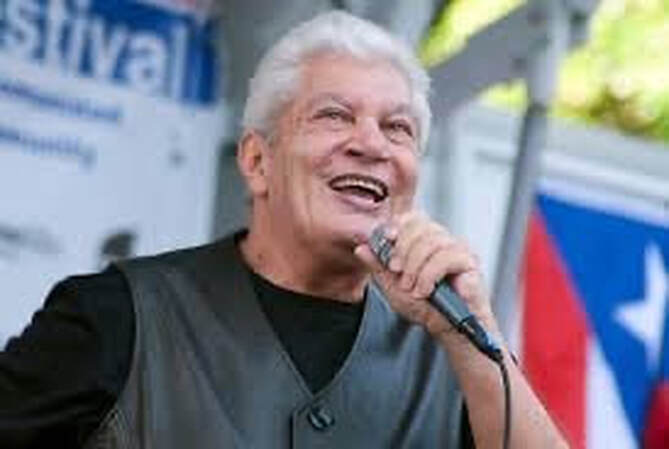
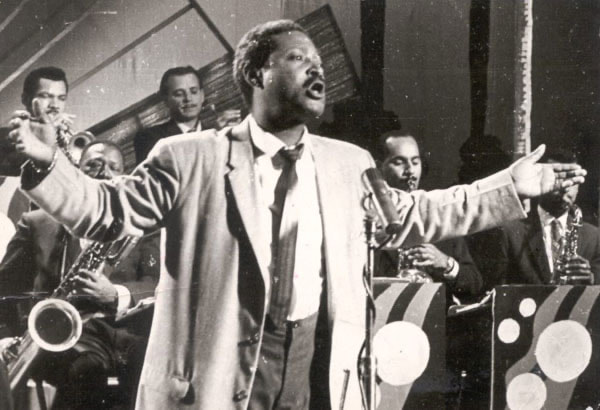
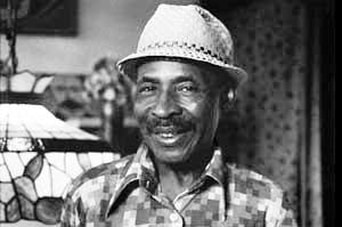
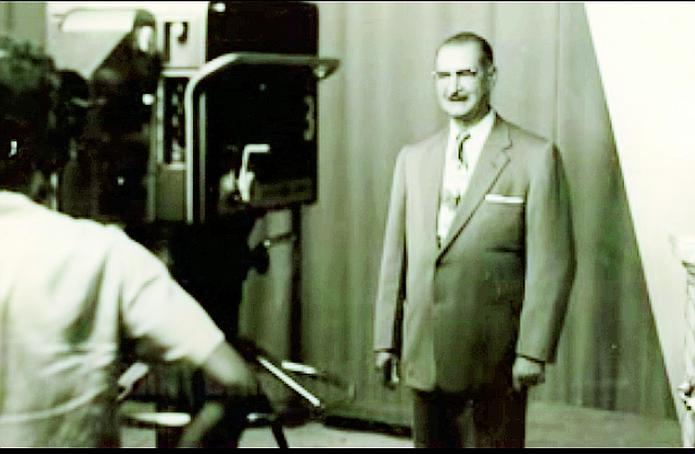
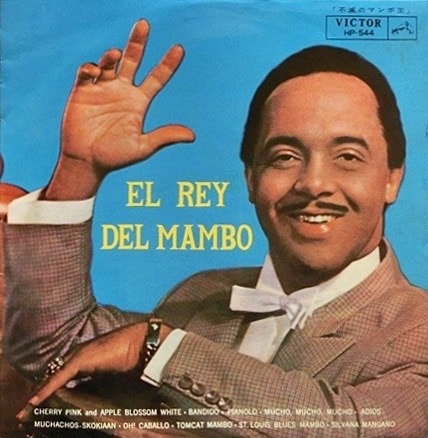
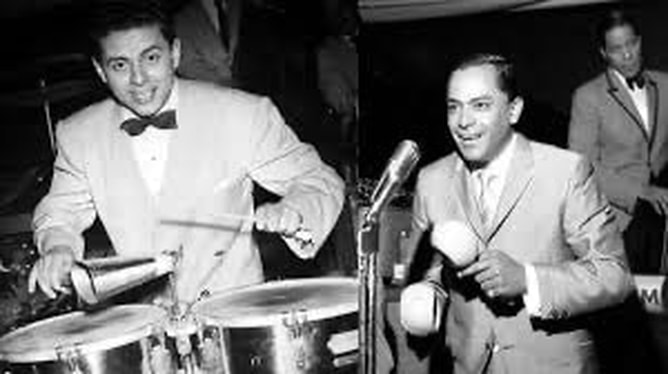
 RSS Feed
RSS Feed
